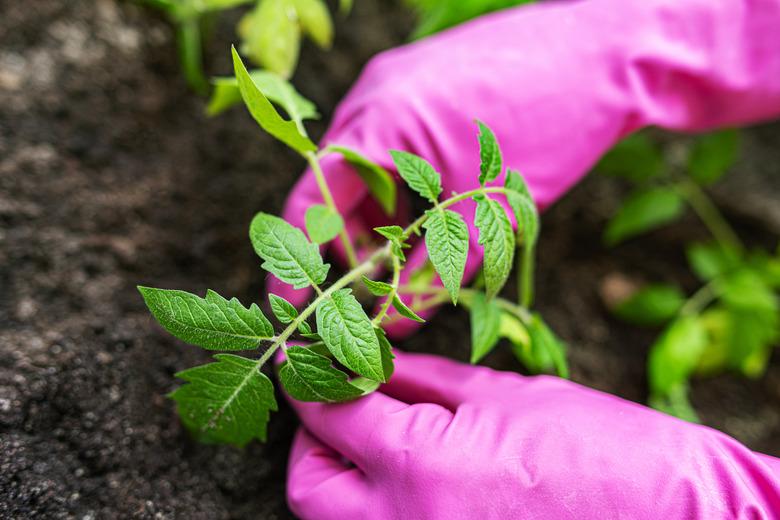How To Make Your Own Blood And Bone Meal
Rich in different nutrients, blood and bone meals can both help fertilize your garden in different ways. Bone meal is high in phosphorus, which helps plants grow strong root systems. Blood meal is extremely high in nitrogen, which promotes leaf growth and aids in photosynthesis. Both of these soil additives help plants that need them but can cause harm if overused.
A Few Words of Caution
Before you add bone or blood meal to your soil, do a soil test and make sure it's necessary to do so. The nitrogen in blood meal can burn plants if used in excess. Bone meal can do the same; excessive amounts of phosphorous can actually make a plant work harder to develop healthy roots and is only beneficial to plants when the soil pH is below 7.0.
You should also be aware that both blood and bone meal are readily available at garden centers if you would rather not make your own. Making your own is simple and helps make sure nothing goes to waste, but the process comes with some seriously unpleasant odors. Making blood meal smells worse than making bone meal, but neither process smells like roses. If you have an outdoor kitchen, you'll want to use it for these projects. If not, open your kitchen windows and ventilate the space well.
How to Make Bone Meal
Commercial bone meal is often made with cow bones, but most DIYers use leftover chicken, turkey, or whatever bones they have from their regular household cooking. If you want cow bones, you may be able to procure some from the local butcher or slaughterhouse, but whatever bones you have left after a meal will work just fine.
- Collect the bones from your chicken dinner or other meal and pick them clean. You don't want any meat, fat, or sinew left on them if you can help it.
- Boil the bones for at least six hours to soften them and remove any leftover meat or fat. Alternatively, you can speed the process by dropping the bones into a pressure cooker and cooking them on the highest setting for at least two hours. Note that cow bones are thicker than poultry bones and may need a longer cooking time.
- Remove the bones from the pressure cooker and break them into smaller pieces of about 3 inches in size. Again, note that cow bones are thicker and you may need to tap them with a hammer to break them. Bird bones will break easily with a pair of scissors.
- Lay the bone pieces on a tray in a single layer and place them in a dehydrator. Run the dehydrator on the highest setting for about 12 hours.
- Crush the dehydrated bones into a powder with a mortar and pestle.
How to Make Blood Meal
Be warned that making blood meal is not for the faint of heart. Blood meal isn't a cute euphemism for something else. It's exactly what it sounds like, so you will be working with blood. You'll want to wear old clothes and gloves and work carefully. If you spill the blood, your kitchen will look like a murder scene and may prove difficult to clean up.
- Acquire some animal blood. If you hunt, you can catch the blood that you drain from the animal in a bucket. If not, you can see if a local slaughterhouse is willing to provide you with what you need.
- Boil the blood for a few hours. This isn't an exact science. You want to boil away the water until the blood is only about 10 to 12 percent moisture. You're aiming for a thick sludge.
- Pour the thickened blood into shallow trays to dry out. If you live in a hot climate, you can set the trays in the sun until the blood dries enough that it crumbles to the touch. If not, place the blood trays in the oven at 170 to 180 degrees Fahrenheit or in a food dehydrator set to 120 degrees.
- Crush the dried blood into a powder and add it to your soil or use it as a top-dressing as needed.
